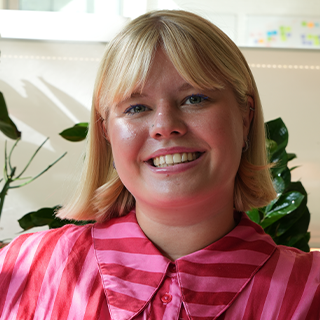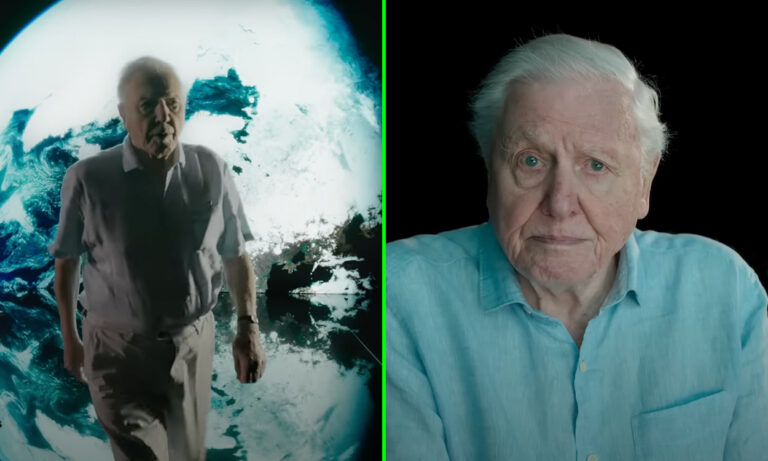Watch Sir David Attenborough’s heartbreaking ‘final plea’ to save our planet
On Sunday 16 October, broadcaster, biologist, historian and beloved British icon Sir David Attenborough took to our screens once more for a final desperate plea to the public—begging them to ensure that there is a future for this planet.
During Frozen Planet II, a renowned nature documentary that captures “life in the extreme,” Attenborough stood firmly at the helm and implored viewers to consider the already brutal effect of climate change and the frightful future ahead if no extreme changes are made.
Throughout the episode, audiences watched polar bears struggle to survive amid melting ice caps, colonies of penguins dying and glacial landscapes wasting away.
The widely considered national treasure pleaded: “At COP26, 120 nations came together in an effort to limit global warming to 1.5 degrees. While a 1.5 degrees rise is still bringing significant changes with it, to stand any chance of saving what remains of our frozen planet and saving ourselves from the devastating consequences of its loss, we must stick to this commitment and honour it.”
He continued: “If we can do something about it, then do it. We can do it. We must do it. Then there will be a future for the planet.”
Frozen Planet II has been lauded as exposing the heartbreaking realities of the current climate situation. As stated by The Independent, “At the heart of Frozen Planet II is an appeal—for us to recognise that we are only just beginning to gain any kind of detailed appreciation of the world around us; and that, while we can document it in high definition, at the exact same moment our own recklessness is causing the wholesale destruction of these wonders.”
Attenborough has recently praised King Charles, citing his long history of environmentalism as a hopeful indication of what might come, as reported by The Independent. It will certainly be interesting to see if the new monarch lives up to expectations and proves dedicated to the ongoing fight against climate change.






